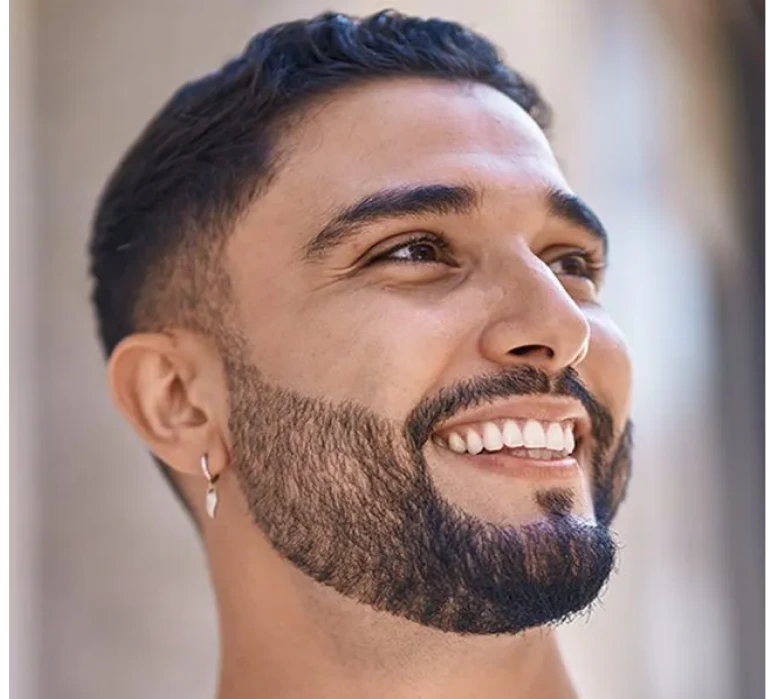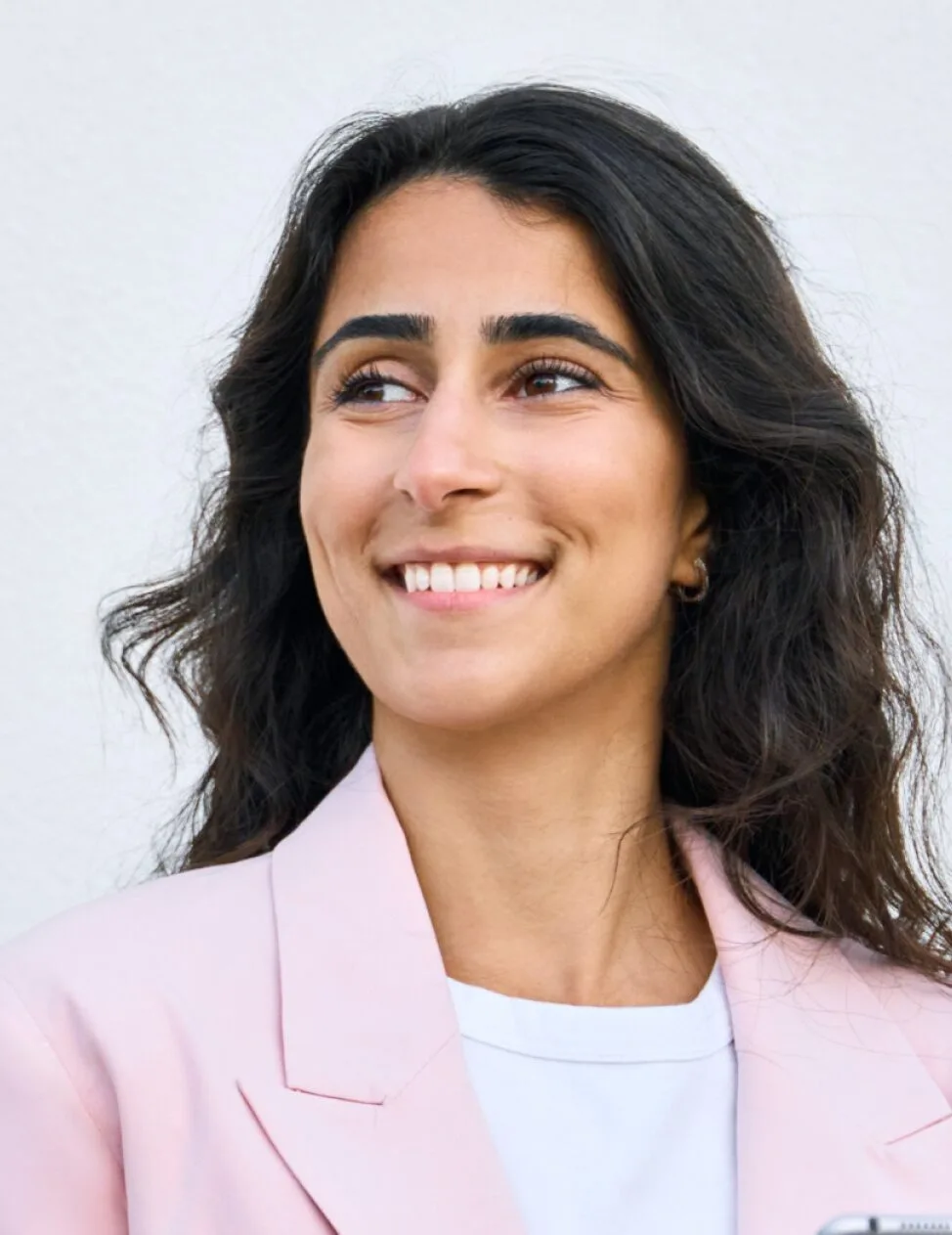-
OUR Rhinoplasty techniquesCosmeticFunctional
Ethnic rhinoplasty, offered by Dr. Zarrabi in California, aims to enhance the nose’s aesthetic and functional aspects while preserving the unique features associated with a patient’s ethnic background. Unlike traditional rhinoplasty, this procedure employs a tailored approach that considers the diverse anatomical and aesthetic considerations of different ethnic groups.
One of the cutting-edge techniques used by Dr. Zarrabi is piezo ultrasonic rhinoplasty, which allows for unparalleled precision in sculpting the nasal bones and cartilage. Whether the goal is to reduce the width of the nostrils, enhance the nasal tip, or rectify a deviated septum, applying ultrasonic technology allows for precise and controlled alterations to the nasal structure. By merging advanced surgical techniques with state-of-the-art technology, Dr. Zarrabi achieves aesthetically pleasing and culturally sensitive results, honoring the patient’s unique ethnic identity.
Ethnic
Rhinoplasty in California
Ethnic rhinoplasty, offered by Dr. Zarrabi in California, aims to enhance the nose’s aesthetic and functional aspects while preserving the unique features associated with a patient’s ethnic background. Unlike traditional rhinoplasty, this procedure employs a tailored approach that considers the diverse anatomical and aesthetic considerations of different ethnic groups.
One of the cutting-edge techniques used by Dr. Zarrabi is piezo ultrasonic rhinoplasty, which allows for unparalleled precision in sculpting the nasal bones and cartilage. Whether the goal is to reduce the width of the nostrils, enhance the nasal tip, or rectify a deviated septum, applying ultrasonic technology allows for precise and controlled alterations to the nasal structure. By merging advanced surgical techniques with state-of-the-art technology, Dr. Zarrabi achieves aesthetically pleasing and culturally sensitive results, honoring the patient’s unique ethnic identity.


African American rhinoplasty focuses on refining nasal features while preserving the patient’s natural ethnic identity. Dr. Zarrabi uses specialized techniques to address concerns such as a broad nasal base or low bridge.
Hispanic rhinoplasty considers the diverse nasal structures seen across Latin American backgrounds. Patients may seek adjustments to the nasal bridge, tip definition, or nostril shape.
Middle Eastern rhinoplasty often involves reducing a dorsal hump or refining a drooping nasal tip. The surgery is tailored to complement strong facial features typical of the region.
Asian rhinoplasty frequently involves augmenting the nasal bridge and refining the nasal tip. Techniques often include cartilage grafts or implants to add projection and support.
Mestizo rhinoplasty is tailored for individuals of mixed European and Indigenous American ancestry. It typically addresses thick skin, a low bridge, and a rounded tip.
Persian rhinoplasty often focuses on reducing a prominent dorsal hump and lifting the nasal tip. Patients typically seek a more refined nasal contour harmonizing with other facial features.
Ethnic rhinoplasty is a specialized form of nose reshaping that aims to enhance its appearance and functionality while respecting the patient’s unique ethnic features. Below are some of the key aspects that set this procedure apart:
A broader nasal bridge and wider nostrils are common characteristics in many ethnicities. Dr. Zarrabi can correct the nose in a way that complements the patient’s overall facial features. Surgical techniques may include alar base reduction to narrow the nostrils and osteotomies to slim down the nasal bones. Cartilage grafts can also be used to provide better structure and definition.
A bulbous tip is defined as a rounded, ball-like nasal tip that lacks definition. In ethnic rhinoplasty, this is often addressed through tip-plasty, where Dr. Zarrabi reshapes the lower lateral cartilages to create a more refined and sculpted appearance. Suture techniques and cartilage grafts may also be used to enhance tip definition without compromising the natural ethnic characteristics of the nose.
Thicker skin presents a unique challenge in ethnic nose jobs, as it can obscure the underlying cartilage and bone structure, making it challenging to achieve refined results. Techniques such as defatting the skin or using cartilage grafts to provide better support and definition may be effective. Postoperative care can also include specific measures to minimize scarring and improve contouring.
Nose tip refinement is a crucial aspect of cosmetic nose surgery, as it significantly impacts the overall balance and proportion of the face. Surgical methods may include cephalic trim, where a portion of the lower lateral cartilage is removed, and dome-binding sutures to bring the cartilage closer together. The aim is to create a well-defined tip that is harmonious with the patient’s ethnic background.
In some ethnic groups, especially Middle Eastern patients, a pronounced dorsal hump is a defining feature of the nose. Rather than entirely removing it, Dr. Zarrabi may use preservation rhinoplasty techniques to maintain the natural contour while reducing the prominence of the hump. This approach helps retain ethnic identity and avoids creating an overly scooped or artificial appearance. Techniques may include dorsal preservation with push-down or let-down methods, which adjust the nasal dorsum while maintaining the nose’s soft-tissue envelope and structural integrity.
At our comfortable office, rhinoplasty patients receive customized treatments that align with their objectives and requirements, all under the skilled guidance of Dr. Shahrouz Zarrabi, a top-tier maxillofacial surgeon. Here is how a typical procedure is performed:
During the initial meeting, Dr. Zarrabi thoroughly evaluates the patient’s background, aesthetic goals, and specific needs. Once the ethnic rhinoplasty consultation is complete, the patient is prepared for surgery, and anesthesia is administered to ensure comfort throughout the procedure.
A minimally invasive incision is made to access the nasal structure, either through an open or closed approach (inside the nostrils or along the columella). Our piezo ultrasonic device is then activated, emitting ultrasound vibrations that enable precise sculpting of the nasal bones and cartilage. This state-of-the-art technology allows for highly accurate and controlled modifications, minimizing trauma to the surrounding tissues.

Piezo ultrasonic rhinoplasty offers several advantages over traditional methods, particularly in ethnic rhinoplasty. Ultrasound vibrations provide unparalleled precision in modifying bone and cartilage, reducing the likelihood of over- or under-correction and preserving the patient’s unique ethnic features. Additionally, the technique minimizes trauma to surrounding tissues, leading to less postoperative swelling and bruising. This, in turn, often results in a faster and more comfortable recovery for the patient. Ultimately, the precision and control afforded by this technique frequently yield more natural-looking results and harmonious outcomes, aligning closely with the patient’s ethnic and cultural identity.
When choosing between open and closed techniques for ethnic rhinoplasty, the decision depends on the complexity of the procedure and the desired outcome.
When contemplating ethnic rhinoplasty, it is essential to identify the qualities that make someone a good candidate for this specialized form of surgery. Meeting specific criteria is crucial for the operation’s success and the patient’s overall satisfaction with the outcome. In summary, the candidate must:
Be in good health – To minimize surgical risks and complications.
Be of appropriate age – Preferably late teens or older, as the nose generally stops growing by this age.
Have specific issues – Possess particular aesthetic or functional problems with the nose that can be addressed through surgery.
Maintain ethnic features – Have specific traits related to their ethnic background, as the procedure aims to preserve them.
Have realistic expectations – Understand the limitations and potential outcomes of the surgery to ensure satisfaction with the results.
Ethnic rhinoplasty stands out for its focus on preserving the patient’s ethnic identity. Unlike traditional rhinoplasty, which may aim for a “universal” ideal, ethnic rhinoplasty respects the unique features that signify the patient’s cultural or ethnic background. This ensures that the individual can improve their appearance without losing touch with their heritage, which is incredibly important to many people.
One of the most immediate benefits of ethnic rhinoplasty is enhanced facial harmony. By carefully reshaping the nose to better align with the patient’s other facial features, the surgical procedure contributes to more balanced and aesthetically pleasing results. The harmonious look often leads to increased satisfaction with one’s appearance.
Perhaps one of the most significant benefits of ethnic nose jobs is their customized approach. Rhinoplasty surgeons like Dr. Zarrabi, who specialize in such procedures, excel at tailoring their techniques to align with each patient’s unique anatomical and aesthetic requirements. This personalized approach ensures the surgery is effective and respectful of the individual’s distinct characteristics and desires.
Ethnic rhinoplasty is not just about aesthetics; it can also offer functional improvements. A deviated septum, for example, may be corrected with the procedure and improve breathing. Enhanced respiratory function can, in turn, lead to better sleep, increased exercise capacity, and overall changes in quality of life.
Enhancing one’s appearance while honoring cultural and ethnic background often boosts self-confidence significantly. Patients frequently report feeling more comfortable in social settings and confident in their daily interactions, which may have positive ripple effects on various aspects of life, from career to personal relationships.
The overall expense of ethnic rhinoplasty in California can fluctuate between approximately $5,000 and $15,000, encompassing surgeon’s fees, facility charges, anesthesia, and pre- and postoperative care. Additional tests or specialized techniques may also contribute to the final cost.
To thoroughly understand the financial commitment involved in ethnic rhinoplasty, consulting with Dr. Zarrabi is advisable. We offer financing options, such as Care Credit and Cherry, to help make the procedure more accessible.
The duration of an ethnic rhinoplasty procedure can vary significantly based on the specific techniques employed and the complexity of the desired changes. Generally, the operation lasts between 2 and 4 hours. If additional or reconstructive surgeries, such as septoplasty for a deviated septum, are performed concurrently, the time can extend further.
The initial recovery period for ethnic rhinoplasty is usually around 1 to 2 weeks, during which you may experience swelling, bruising, and discomfort. Most patients can return to work and engage in light activities within this period. However, avoiding strenuous movements and exercising for at least 4 to 6 weeks is essential for proper healing.
While you will notice some changes immediately after the surgery, the final results of your ethnic rhinoplasty may take 6 to 12 months to manifest fully. This is because it takes time for all the swelling to subside and for the tissues to settle. Periodic follow-up appointments with your surgeon will help track your progress and ensure your healing as expected.
Scarring after ethnic rhinoplasty is generally minimal. Most incisions are made inside the nostrils or along the columella (the skin between the nostrils), making them virtually invisible. Any external scars that occur are usually well-concealed and fade over time, becoming less noticeable.
After the procedure, you will likely have a nasal splint or packing to support the new shape of your nose. This is usually removed within a week. You may also be advised to avoid strenuous activities, keep your head elevated, and possibly take prescribed medications to manage pain and reduce infection risk.